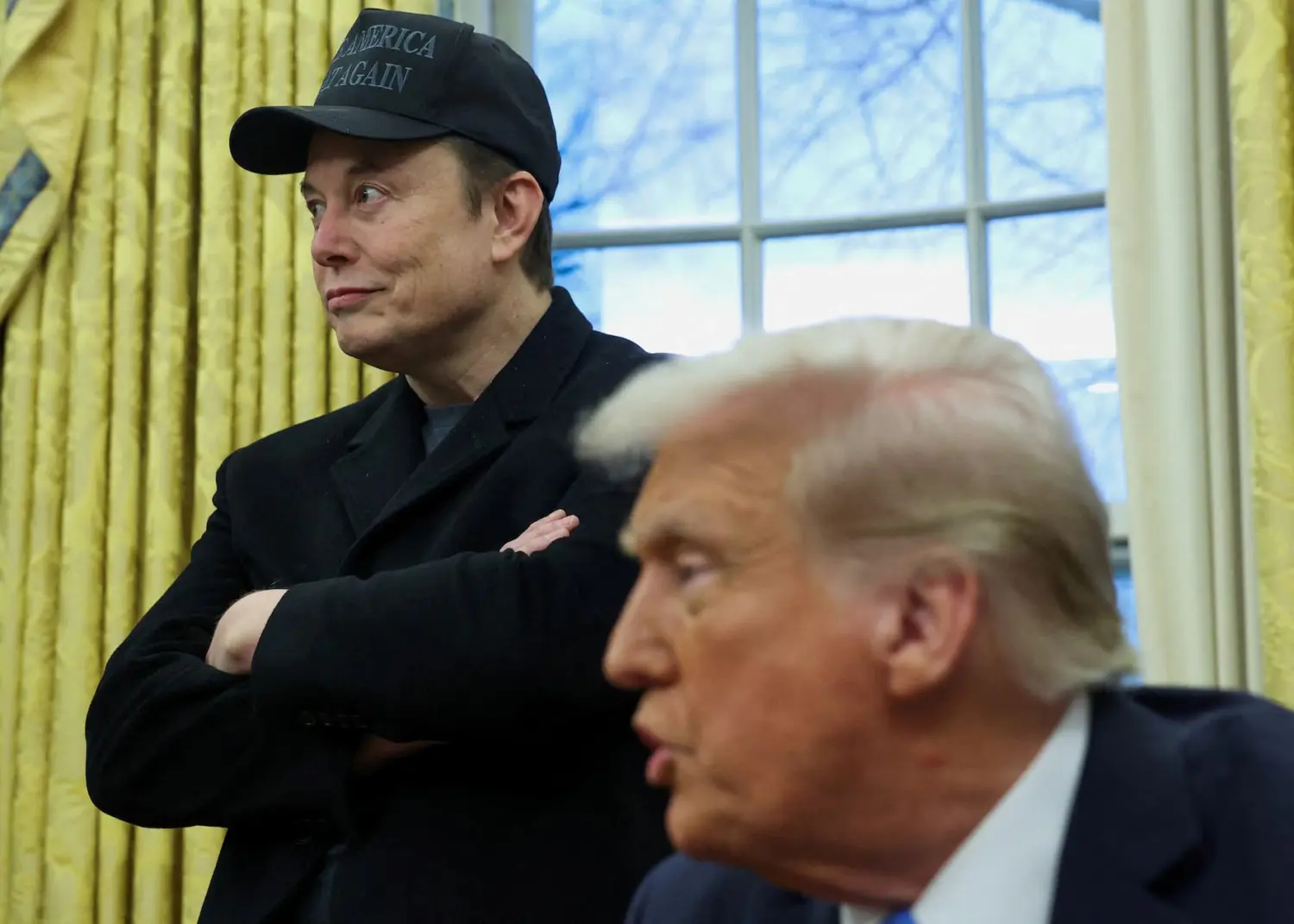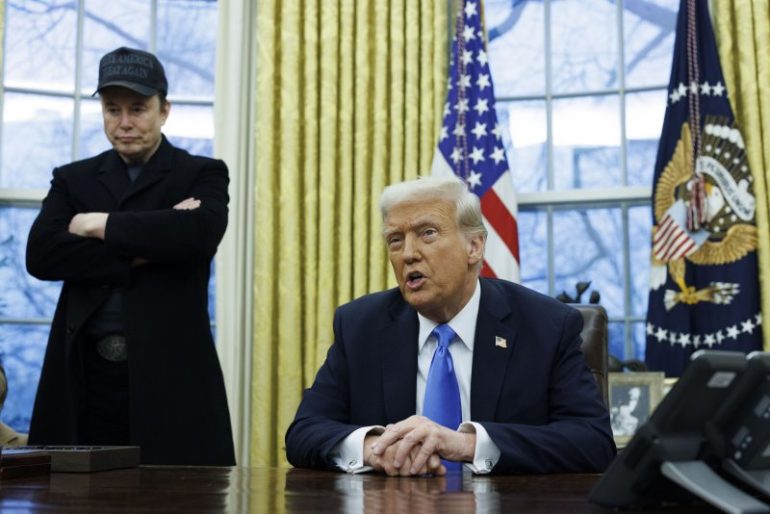The Trump administration plans to integrate blockchain technology into the procurement and distribution processes of the US Agency for International Development (USAID). According to an internal State Department memo cited by WIRED, the initiative aims to enhance security, transparency, and traceability in aid distribution. The administration believes that blockchain will foster innovation while focusing on measurable outcomes in humanitarian assistance efforts.
USAID Faces Disruptions as DOGE Shuts Down Operations and Halts Foreign Aid
USAID has faced significant disruptions due to policy changes and funding cuts since Trump’s second term began. The Department of Government Efficiency (DOGE), led by Elon Musk, labeled USAID as corrupt and inefficient, leading to a decision to shut it down.
The government then barred employees from entering headquarters and placed most staff on administrative leave. As a result, thousands of USAID employees worldwide were sent home, and nearly all foreign aid programs were halted, causing widespread uncertainty and contract terminations.

While blockchain technology has been explored in humanitarian initiatives, experts question its necessity in aid distribution. Digital anthropologist Margie Cheesman, in her 2024 research paper, argued that blockchain is often used more as a tool to attract funding rather than a practical solution.
Her study of an undisclosed program found that blockchain implementation increased costs without providing significant benefits. Furthermore, many aid workers lacked the technical knowledge required to utilize the technology effectively.
Musk’s Blockchain Vision Seeks to Transform Government Efficiency and Modernize Federal Operations
Beyond USAID, Elon Musk has been exploring blockchain as a means to modernize US governmental processes. According to a Bloomberg report, his focus areas include improving federal expenditure tracking, securing government data, streamlining payments, and optimizing property management. The potential integration of blockchain into these areas reflects a larger ambition to leverage the technology to enhance efficiency across federal agencies.
While the Trump administration sees blockchain as a transformative tool, critics argue that its benefits may not justify the costs. The shutdown of USAID, combined with concerns about blockchain’s effectiveness in humanitarian work, raises questions about the future of US foreign aid and governance. However, if successfully implemented, the initiative could result in the largest government blockchain project in history, potentially reducing inefficiencies and increasing transparency across multiple sectors.

